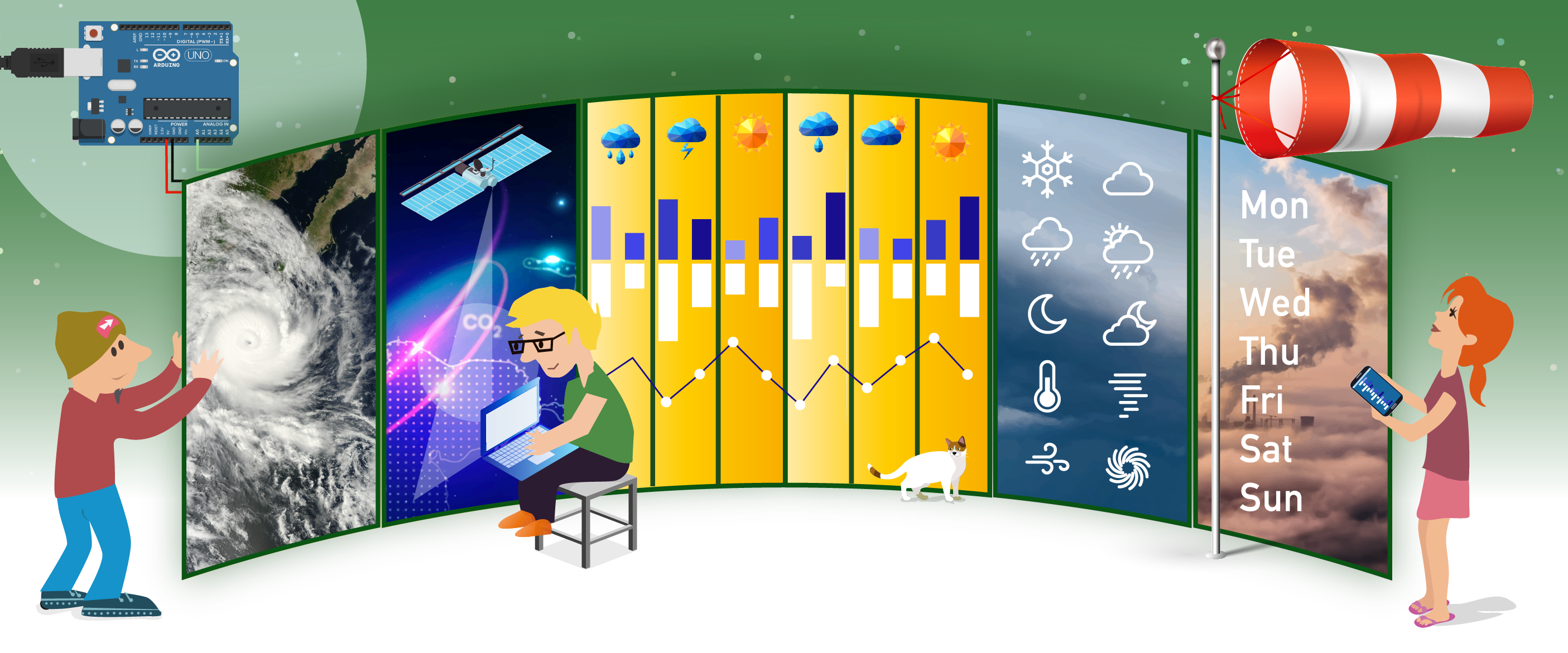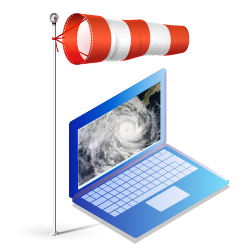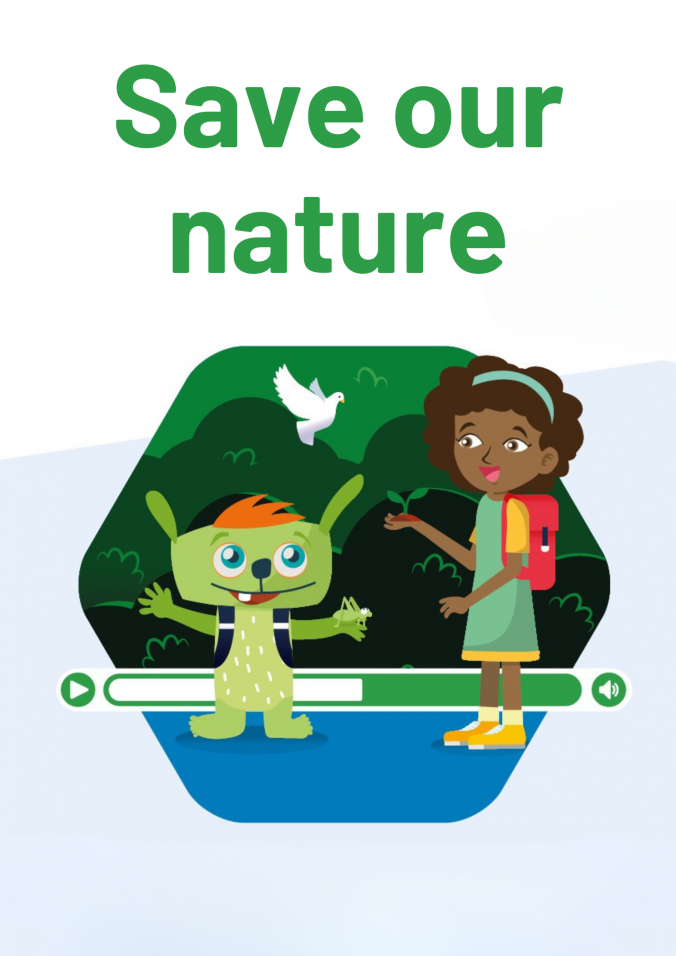Climapse - Take Action

Overview
Overview
Keywords: Climate change, global warming, communication, activism
Disciplines: Earth science, biology, physics, mathematics, ICT, humanities
Age level of the students: 12-16
Time frame: depending on the activity
![]()
![]()
![]()
Brainstorm
The students discuss which is the best strategy to share the data they found.
First of all, it is important to decide how to carry out the activity, for example, to organise an event, or run a campaign. The second step is to decide the material you are going to share:
- Presentations, in the case of an event (formal approach)
- Posters, in the case of a campaign at school (informal approach)
- Videos and images, if they decide to run a campaign on social media (formal or informal approach, it depends on the social media platform and the type of account)
Example of a formal approach to disseminate project results
The students brainstorm about the content they want to share. To promote the discussion, they can use a KWL chart so the students can plan:
- What people already know about climate change (What I know?)
- What they want to learn (What I want to know?)
- What they will learn at the end of the presentation (What have I learnt?)

Preparing the dissemination
Students create the material for the dissemination activity; the type of material depends on the chosen type of activity (formal or informal). The teacher helps the students to share the results of their activities but also to realise infographics to show what we can do in everyday life to try to reduce climate change. To realise infographics you can use nice templates from Canva or other web tools to create documents. The teacher assigns the students different roles, so everyone will be responsible for one of the aspects of the campaign/event. It is important that they also think about how they ask the participants of the event for feedback to find out if they were satisfied with the event.
Running the dissemination activity
Running the event/campaign and then organising in class an evaluation activity to reflect on the impact of the activity and how they can continue working on this topic.
Authors of Climapse: Johannes Almer (DE), Marco Nicolini (IT), Teresita Gravina (IT)
Share this page

